The JKM Library is honoring the cultures and history of Native Americans through a book display. Native American and Indigenous Peoples’ Heritage Month may have already passed (please take a look at our related resources page), but we should continue to reflect on the past, present, and future of these communities and their relationship to of the United States of America: how Indigenous people were colonized, how they were almost decimated, and how they are still oppressed. We recognize that we occupy the unceded, ancestral land of many Indigenous peoples, including the Delaware, the Shawnee, and the Seneca Nation, who were members of the Haudenosaunee (hoe-dee-no-SHOW-nee) Confederacy. As recently as the 1960s, nearly one-third of the Seneca’s tribal lands were taken by the U.S. government to build the Kinzua Dam northeast of the Pittsburgh (for more on land acknowledgments, see this handout). Located in the first floor, the display offers a curated selection of more than 40 books with an interdisciplinary focus, ranging from literature and history to environmental studies. Part of our goal is to make these resources more visible, which often remain hidden in the stacks. In addition, we wanted to center texts by Indigenous voices. In the case of books by non-Native American authors, we have tried to include works that are inclusive in their approach and do not reproduce problematic stereotypes. For instance, we excluded a critically acclaimed book, S.C. Gwynne’s Empire of the Summer Moon, because of its description of the Comanches as “primitive” and “barbarian.” Such language harks back to the racist discourse of past centuries, but the book was published only ten years ago and was a finalist for a Pulitzer Prize. We also did not choose to share most of our Native American art books because they perpetuate the colonialist idea that Indigenous cultures are to be collected by white institutions without any attention to Native American perspectives. It is therefore urgent to share correctives to these narratives, especially from the perspective of institutions like ours, which not only occupy unceded land but also play a role in the formation of collective memory. In addition, the library’s DVD collection does not include any films directed by Native Americans except for Reel Injun, a documentary about the depiction of indigeneity in Hollywood movies, which is part of the display. We hope to be adding more items to our collection that reflect these concerns. We invite everyone to experience the exhibit and check out any books that might interest you. Some books that we would like to highlight because of their importance for Native American history and cultures are: Roxane Dunbar-Ortiz, An Indigenous Peoples’ History of the United States (history) Two-Spirit People: Native American Gender Identity, Sexuality, and Spirituality (gender and sexuality) Natalie Diaz, When My Brother Was an Aztec (poetry) Cherie Dimaline, The Marrow Thieves (fiction) The Book of Elders: the life Stories of Great American Indians (testimony) Terese Marie Mailhot, Heart Berries (memoir) Native Americans and the Environment: Perspectives on the Ecological Indian (environmental studies) David J. Silverman, This Land is their Land: the Wampanoag Indians, Plymouth Colony, and the Troubled history of Thanksgiving (history) Sean Sherman, The Sioux Chef’s Indigenous Kitchen (cooking)
~Khalila Chaar-Pérez (she/they) is Reference Associate at the JKM Library and also works at the People’s Media Record, a grassroots video archive in Philly. She’s a proud trans Puerto Rican committed to cultivating transformative justice, antiracism, and a world without capitalism. She is also an avid hiker, a film nerd, and a trekkie.


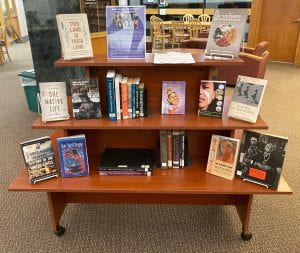
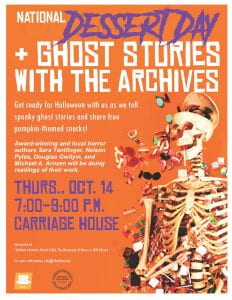 September 2021
September 2021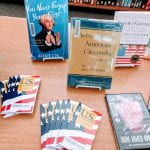
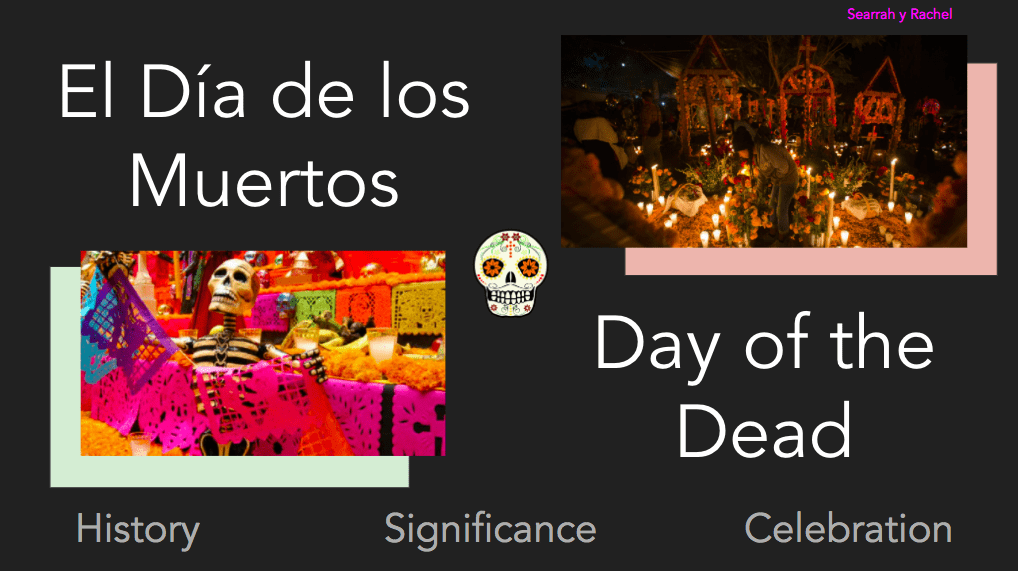
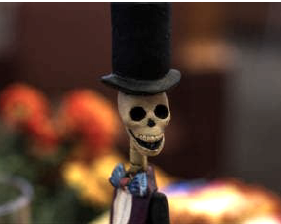 November 21, 2019
November 21, 2019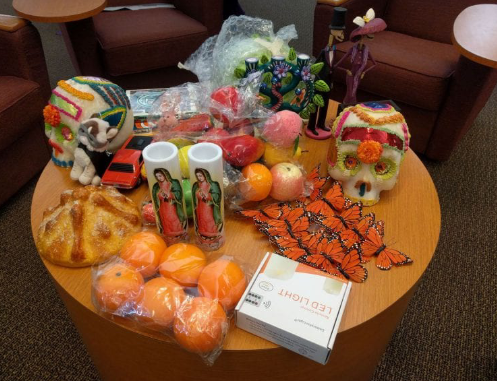
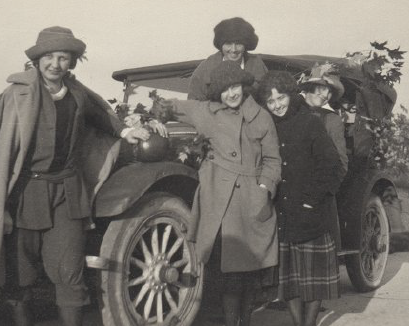
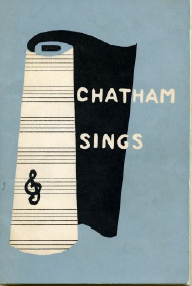 January 2016
January 2016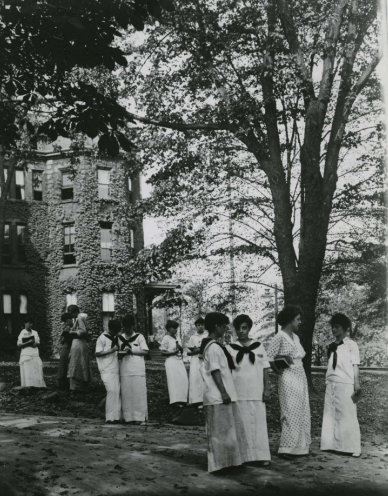
A chill has finally settled over Chatham University beckoning in sweaters and pumpkins. Some people revolve their entire year around this season, some will mourn the end of 70-degree days and green trees. No matter which category you fall into, JKM carries DVDs for all attitudes during the Halloween season. Thinking DVDs might be a little retro to compete with all of the streaming platforms out there? These are guaranteed to always be available, while movies come and go off of Netflix and HBO. Didn’t bring a DVD player because… why would you? We have you covered there too, with DVD players that plug into your laptop and TV that with the JKM’s Movie Collection can be checked out with your Chatham ID. Now on with the horror! (And not-so-horrific) For the Classic Jump Scare Modern Horror Fans The Conjuring (2013)- If you’re a horror fan then I’m sure you’ve ticked this one off of your list a long time ago. This 2013 film is classic secluded house horror, where the living just won’t leave the paranormal alone. If you like this one, you’re in luck because there is a whole universe that follows the characters introduced. Movies like Annabelle and Insidious can be linked back to the plot of The Conjuring. The Theater Major Rocky Horror Picture Show (1975)- If you’re a fan of Halloween then there is no point in even suggesting this one. A timeless cult classic, this is the only time I would recommend looking beyond the library and seeing if you can catch a live show somewhere around the city. From the catchy songs to Tim Curry as Frank-N-Furter, there is something about the original movie that will capture you every Halloween. Bite-size Horror The Simpsons Treehouse of Horror Episodes (Various seasons)- Let’s face it, sometimes we just don’t have the time or attention span to watch over an hour of gripping horror. And while you might not think of turning to The Simpsons for a scare, Treehouse of Horror has become a Halloween staple in my home. Filled with classic creepy cliché and tons of pop culture references these are sure to get the Halloween vibes going for any level of horror fan. The Anti-Halloween Academic To Kill a Mockingbird (1962)- Maybe you aren’t a fan of ghosts, killers, or witches and prefer to spend your time watching classic films and reading novels. While To Kill a Mockingbird might seem a little random on this list, the costumed climax of the film along with the southern gothic feel is why I would recommend it to someone who isn’t a fan of the typical horror genre. The Horror Expert Get Out (2017)- This movie caused quite a stir when it was released and for good reason. Jordan Peele’s Get Out is horrifying for its cinematography and social commentary on race relations in America. Psychologically, this movie will have you on the edge of your seat the entire time and might have the best twist in a movie that will come in our generation. HTV Mom Vibes Practical Magic (1998)- Dreaming of spending a Halloween in Salem, Massachusetts? Practical Magic will help you achieve that in your living room. A little bit of rom-com, a little bit witchy, and a lot of crazy, it’s required to have a midnight margarita or mocktail to sip on while this plays. These are far from the only options you can find for a Halloween Movie Marathon, so make sure you stop by the JKM to browse the rest of our media collection. Make sure you have a safe and spooky Halloween season, Cougars!
McKenna DiRienzo is a senior communications student at Chatham. When she’s not working at the library, she likes walking through Schenley, finding the best bagels in Pittsburgh, or catching up on classic horror movies.
Commenting on blog posts requires an account.
Login is required to interact with this comment. Please and try again.
If you do not have an account, Register Now.